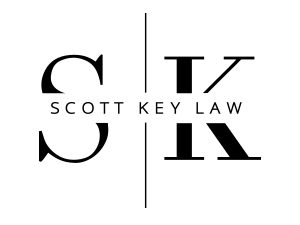Since I’ve started this whole blogging thing, I’ve made it a point to put fantastic bloggers who are great at it into my RSS Reader. Kendall Gray’s Blog, the Appellate Record, is a great resource even though he does his craft over in Texas. He always has something to teach me about writing, appellate strategy. He even has fascinating stuff to say about bow ties.
In his latest blog post, Write As I Say, Not As I do, Mr. Gray writes about dating. Before he gets there, he pins bad lawyer writing on judges who wrote the old judicial opinions that we read in law school. He also thinks that many of the writing tips judges dispense at seminars and in bar journals aren’t actually followed in judicial writing. And bad judicial writing just leads to more bad writing from lawyers.
Getting Convicted in a Sunday Morning Sort of Way
Then he moves to his example of bad writing. And if it were a sermon, this Baptist lawyer would say that he “feels convicted.”
Lawyers and judges really suck at writing about when things happened. Or, as Mr. Gray puts it, “More than once I have wanted to hurl myself from the office window upon reading work product whose only reason for being was to regurgitate a chronology from the trial lawyer’s three ring binder.”
Do you know what he’s talking about? Have you ever read or have you ever written a statement of facts that starts out like this: “On or about October 13, 2006, Officer Smith pulled over John Davis’s car. He ultimately searched the car and found suspected cocaine. On December 20, 2007, the crime lab tested the substance.” Then you start talking about the trial, and you start saying stuff like, “The trial commenced on May 3, 2009, and the jury reached its verdict on May 17, 2009.”
I’ll tell it all (back to Baptist speak). I’ll give my testimony. Why do we lawyers sometimes write like this. It’s some straight up bad storytelling technique. But we’re not trained to be storytellers. If we were, it was beaten out of us in the first year of law school when we started viewing people’s life events as “fact patterns.”
Relative Dating (It’s Not the Same Thing as Dating Relatives)
Bad chronology is a good way to get a Statement of Facts on paper with minimal effort.
The alternative? Gray suggests, “relative dating.” Don’t worry, I’m not making an Alabama reference. Relative dating, he explains, involves
put[ting] events in relation to each other and giv[ing] useful information about the passage of time where it matters, such as: before, after, very shortly, or more than two years after the accident
So, think twice before you put a date in your brief. Does the date advance your narrative or your client’s cause (the way it might in a Speedy Trial Demand or Statute of Limitations issue). Otherwise, you might want to consider relative dating to get the story out there.
